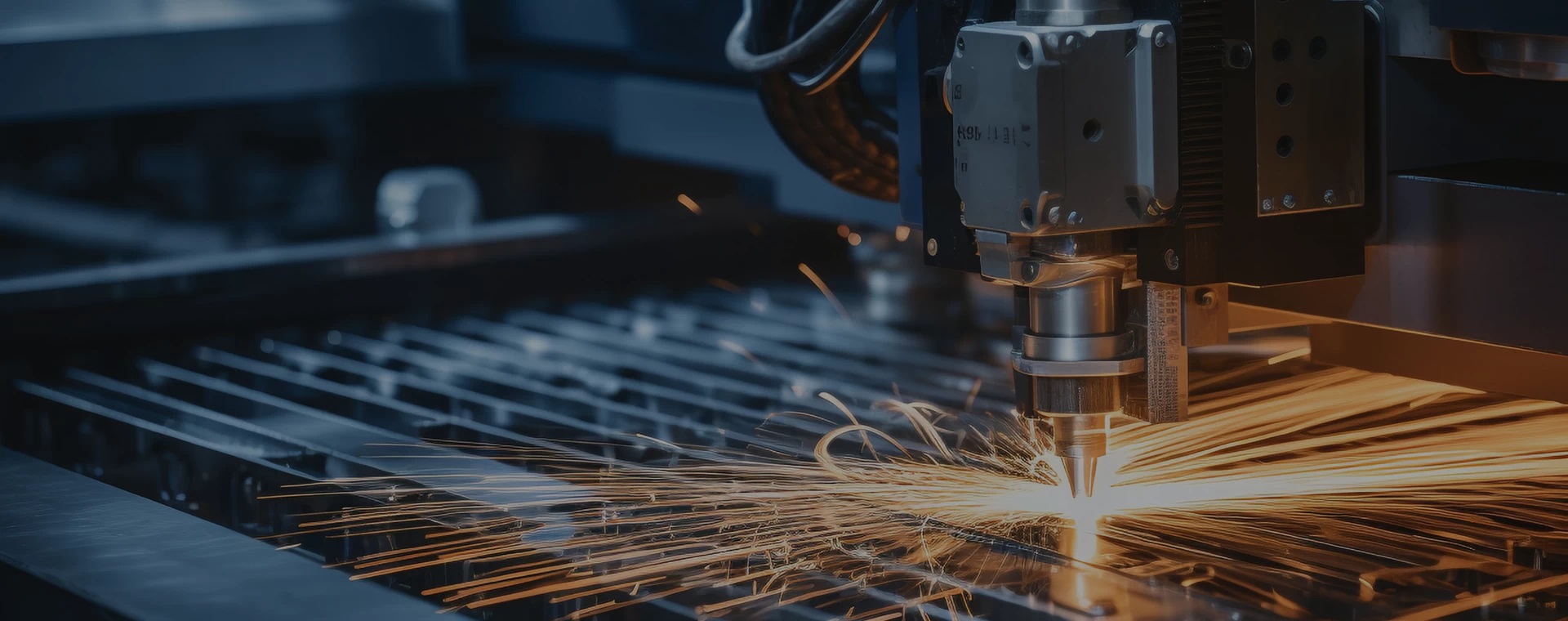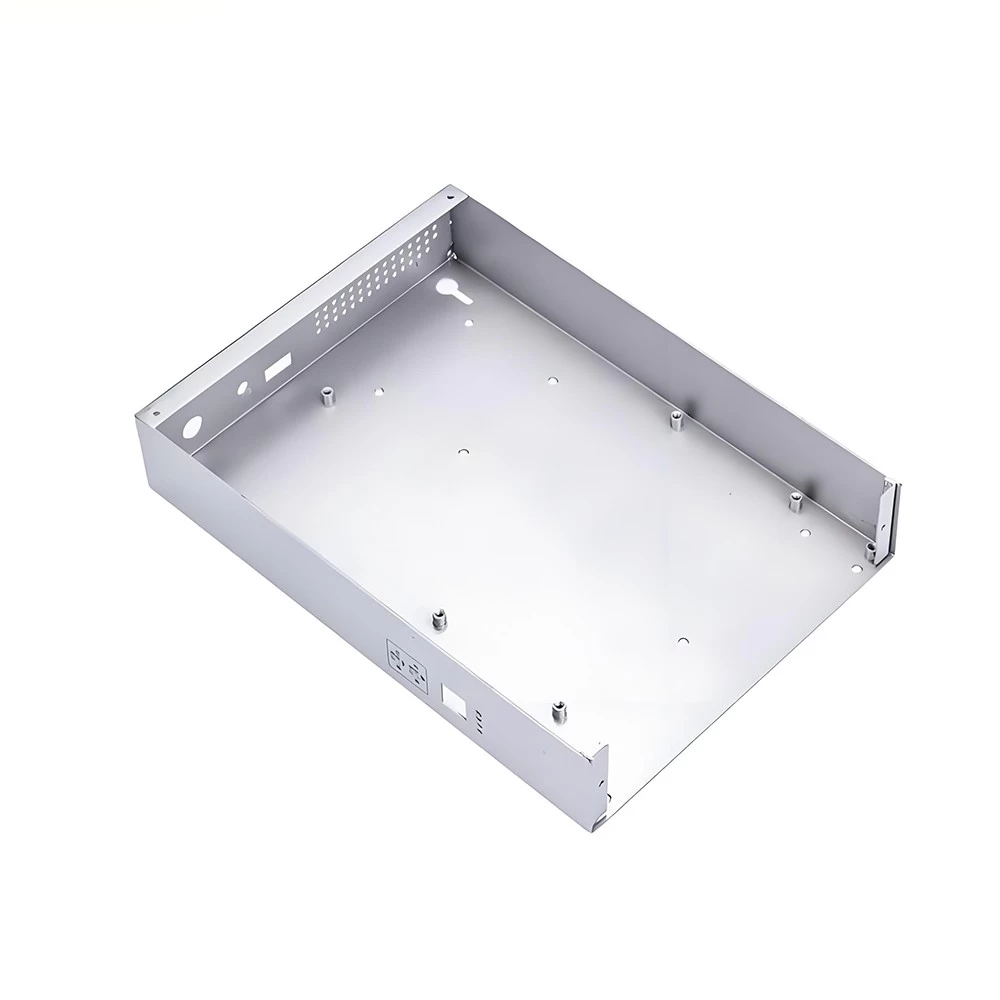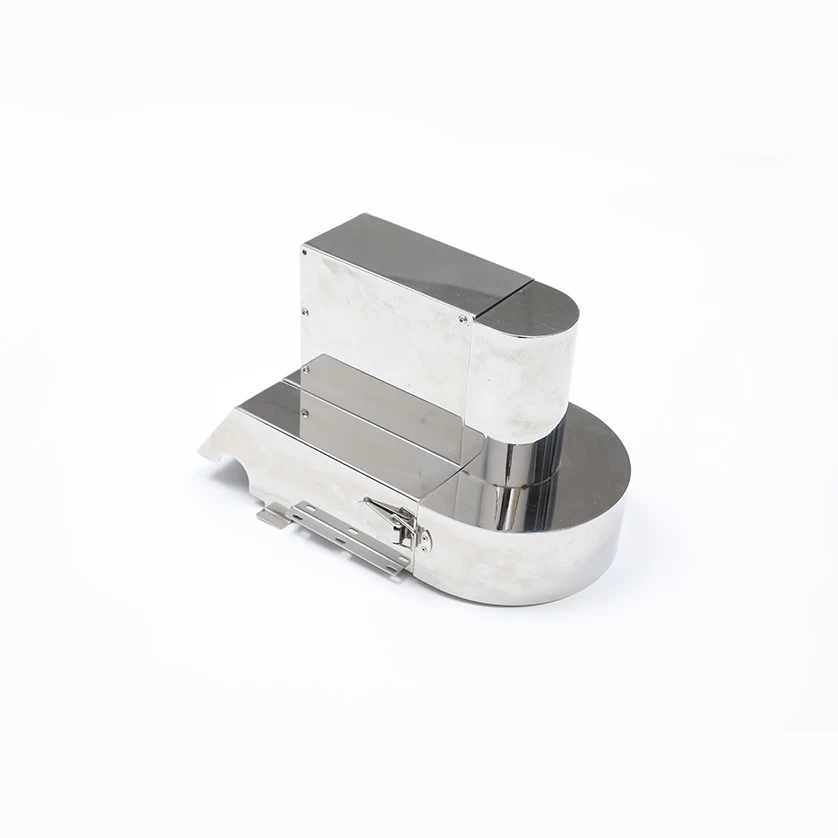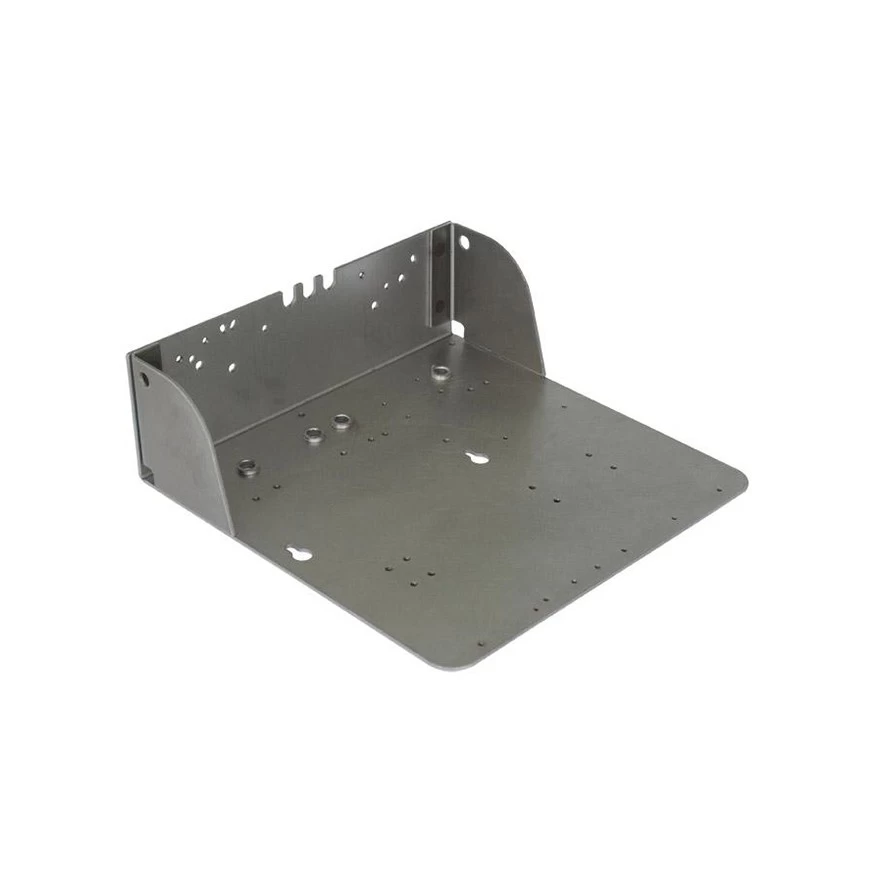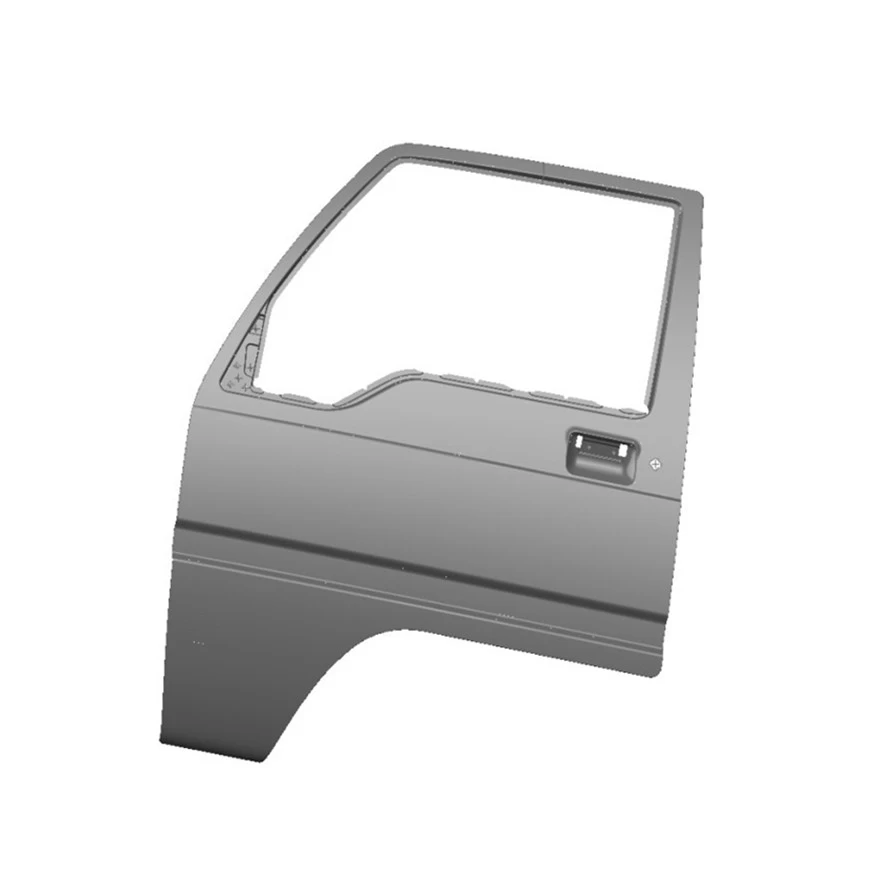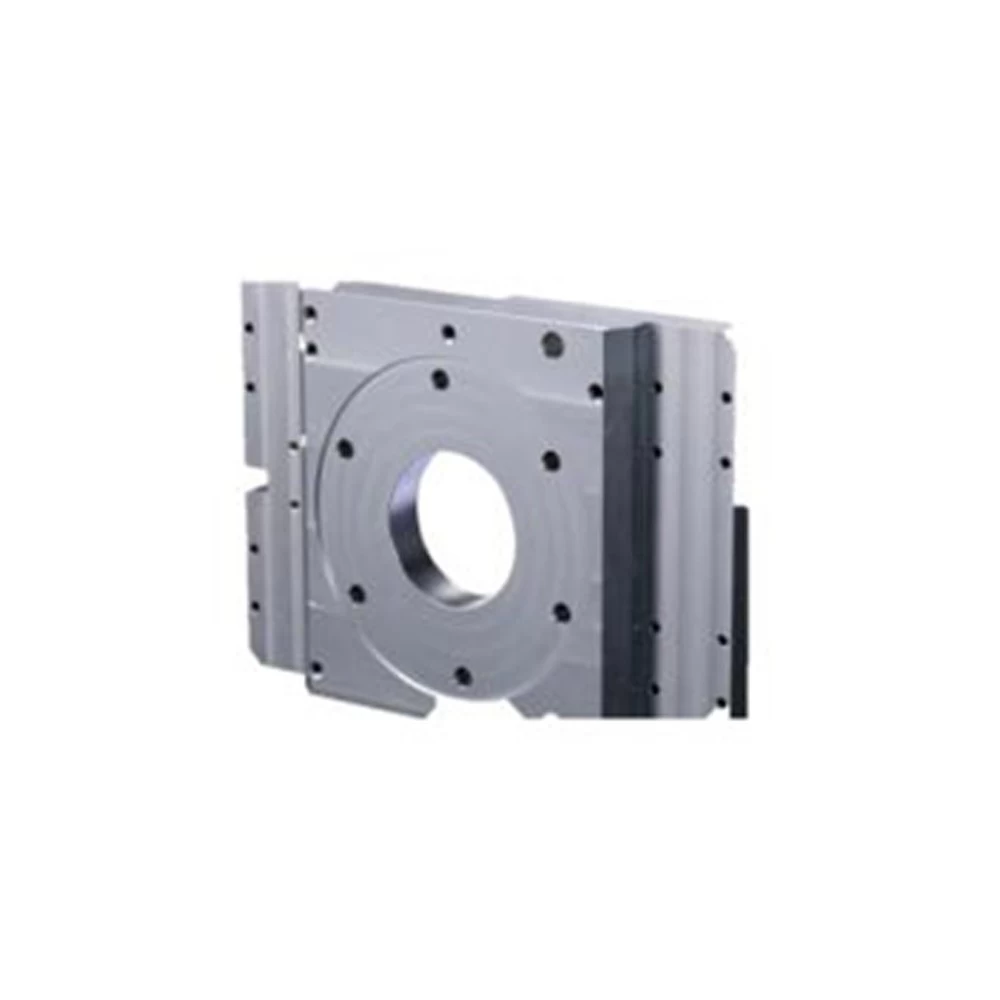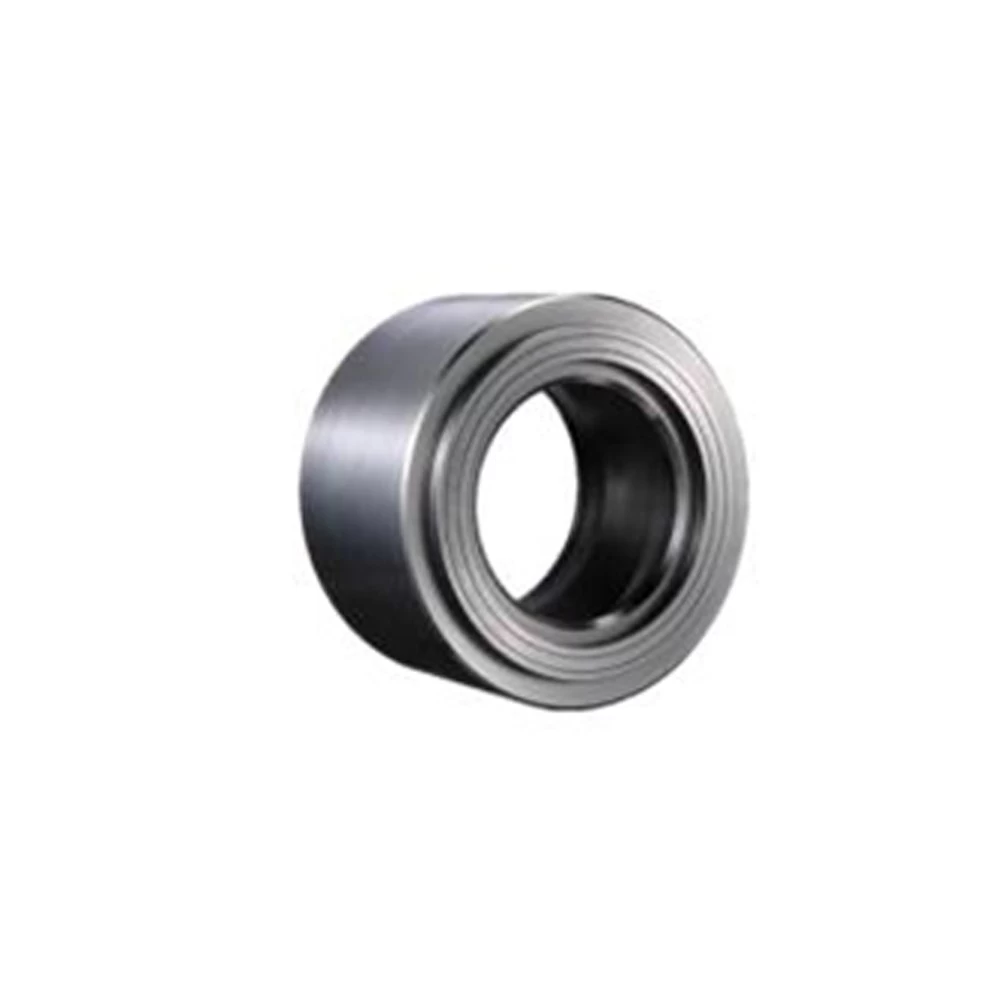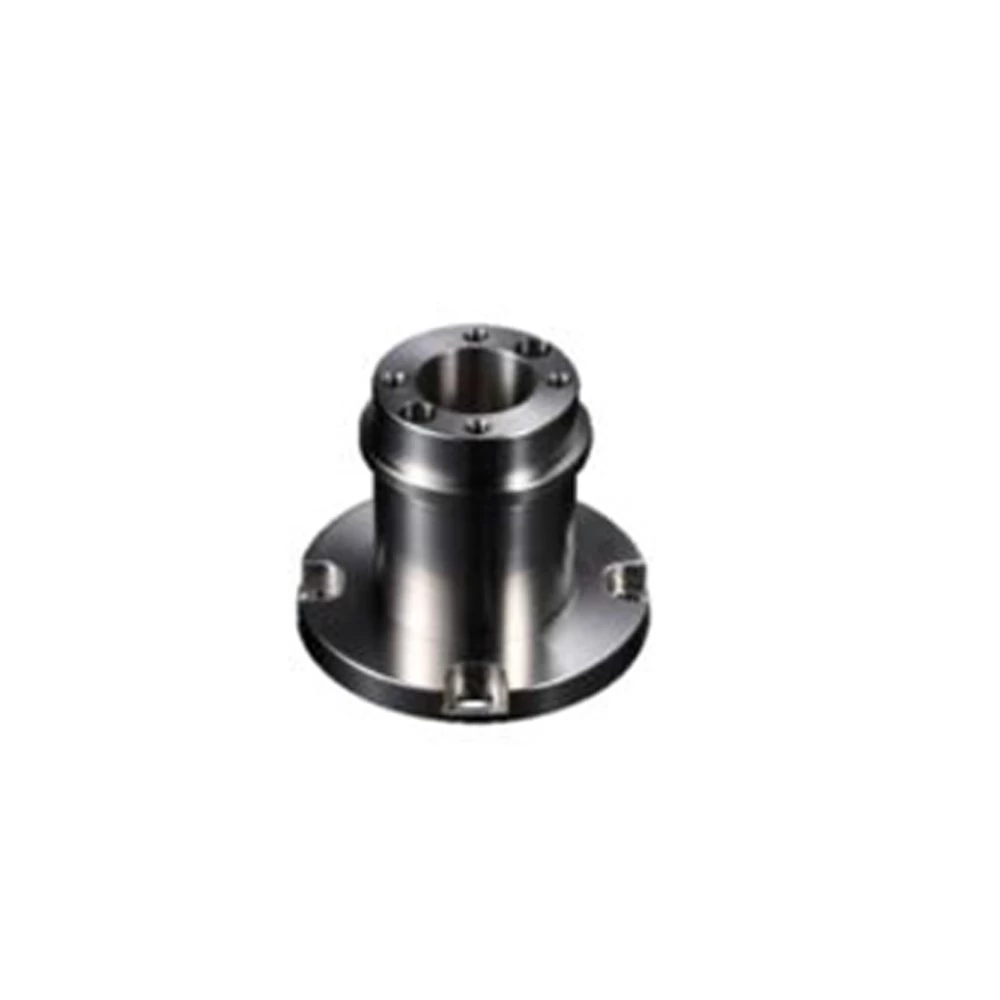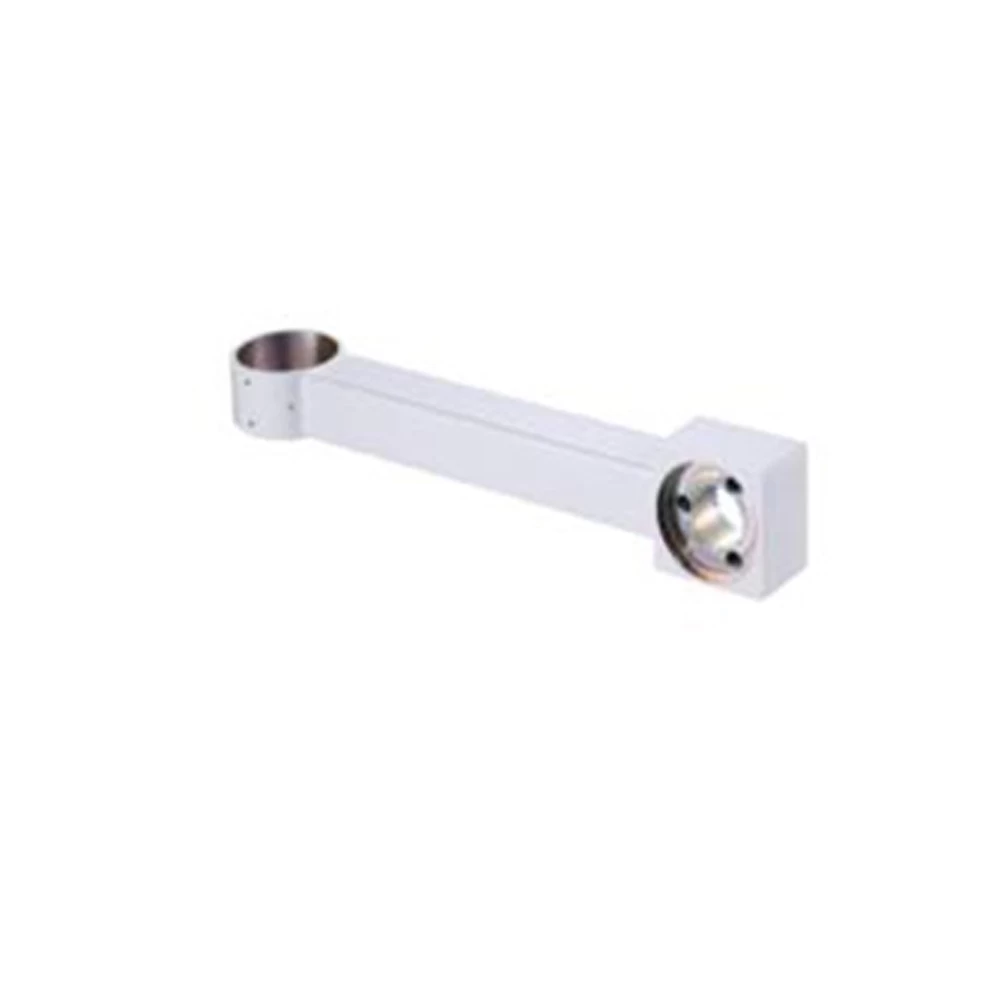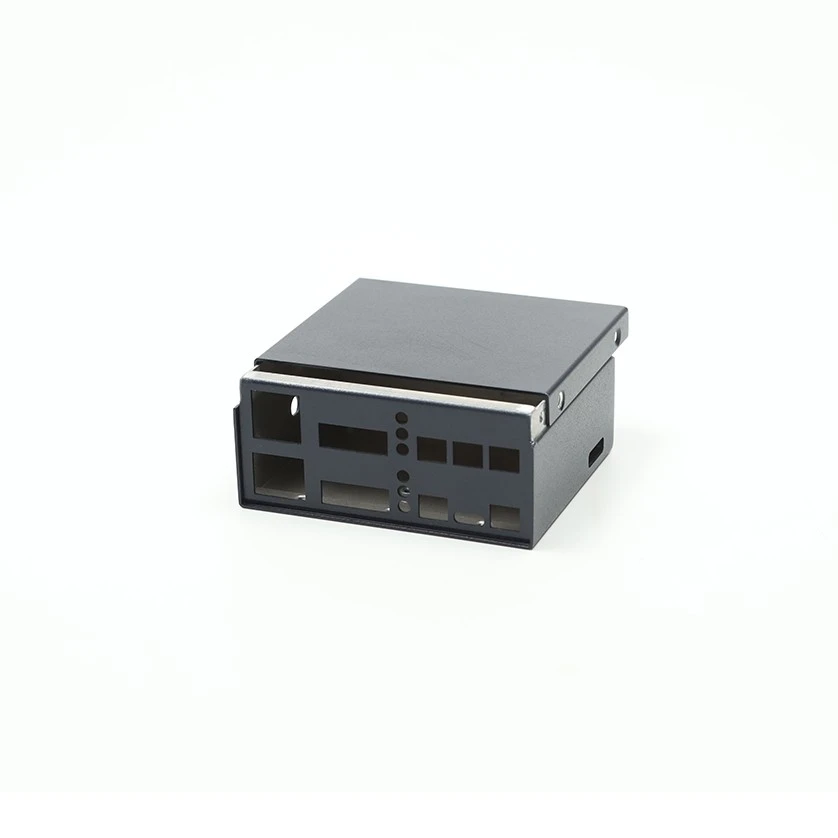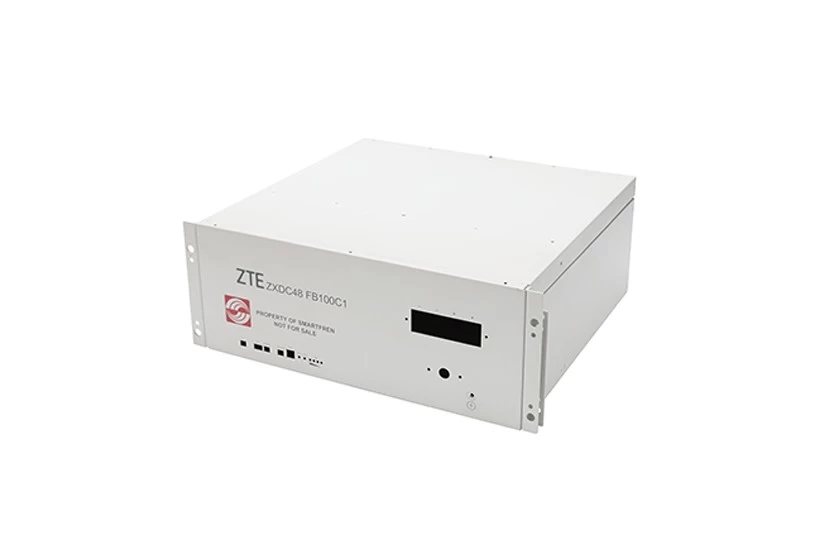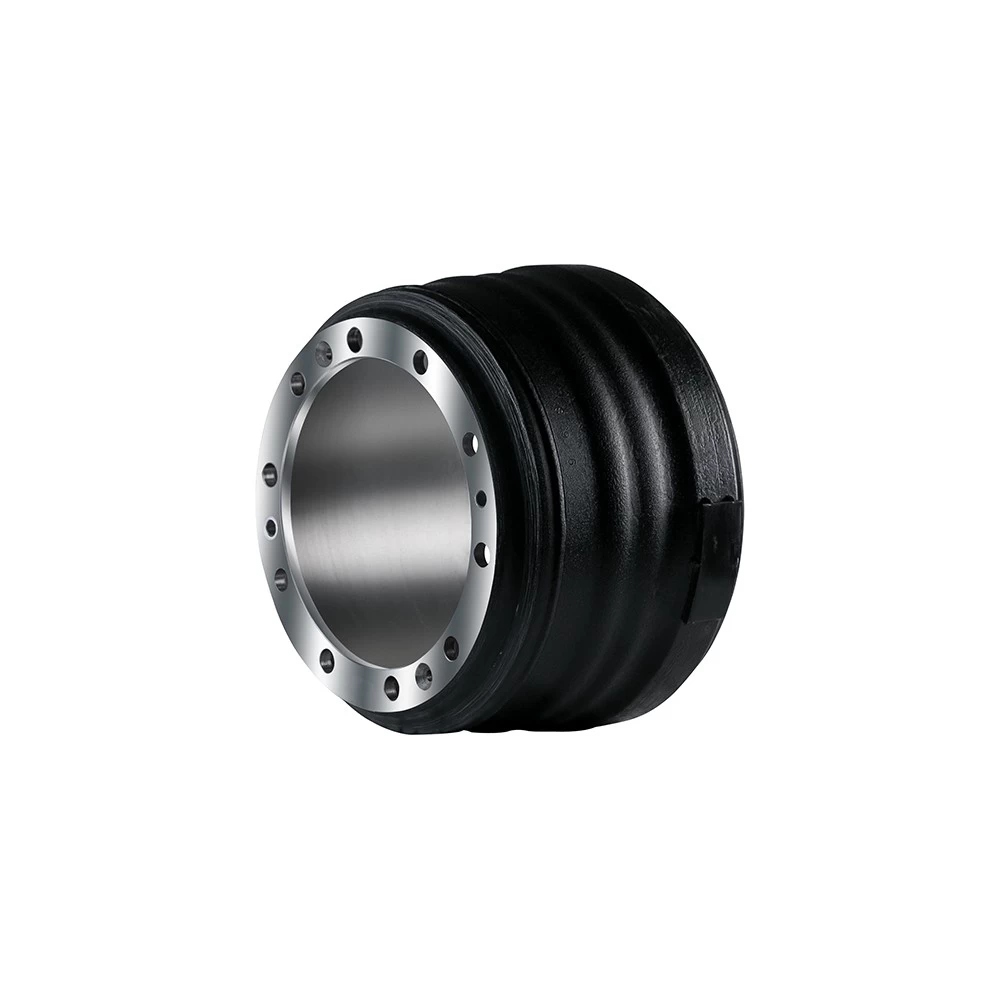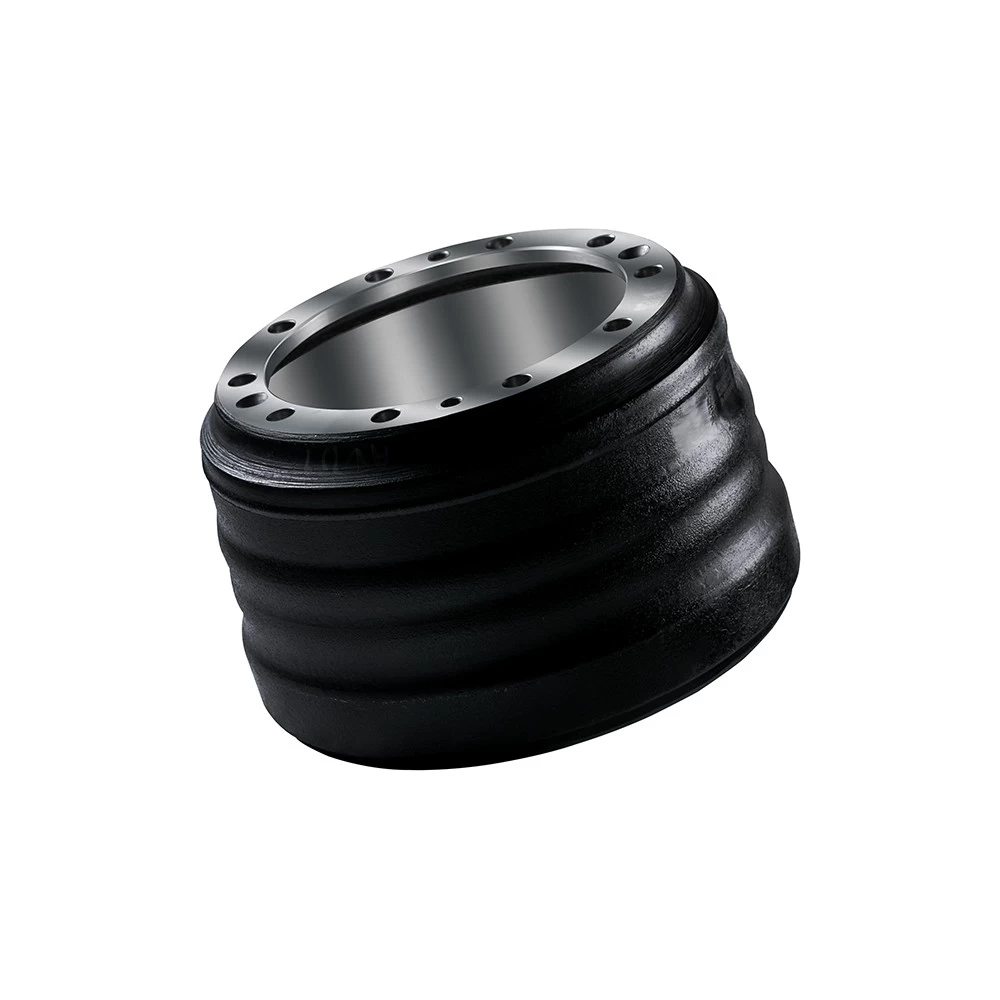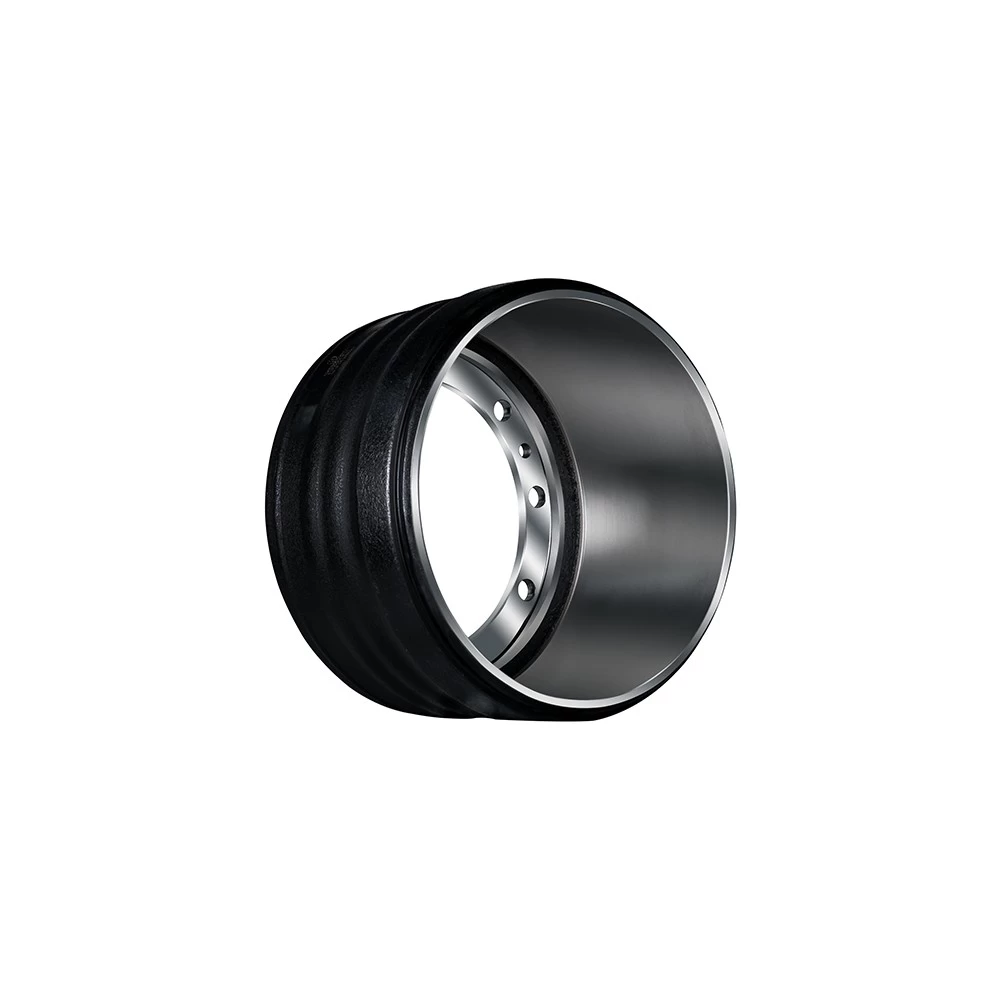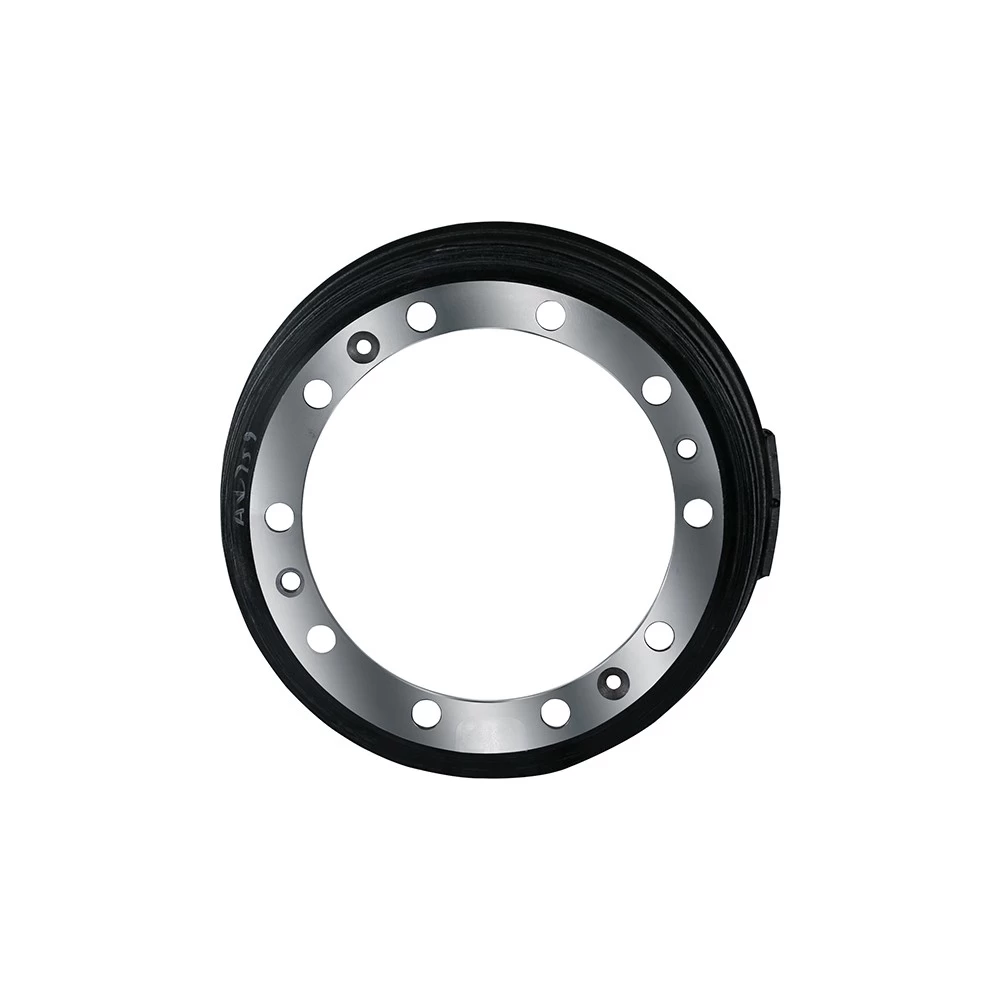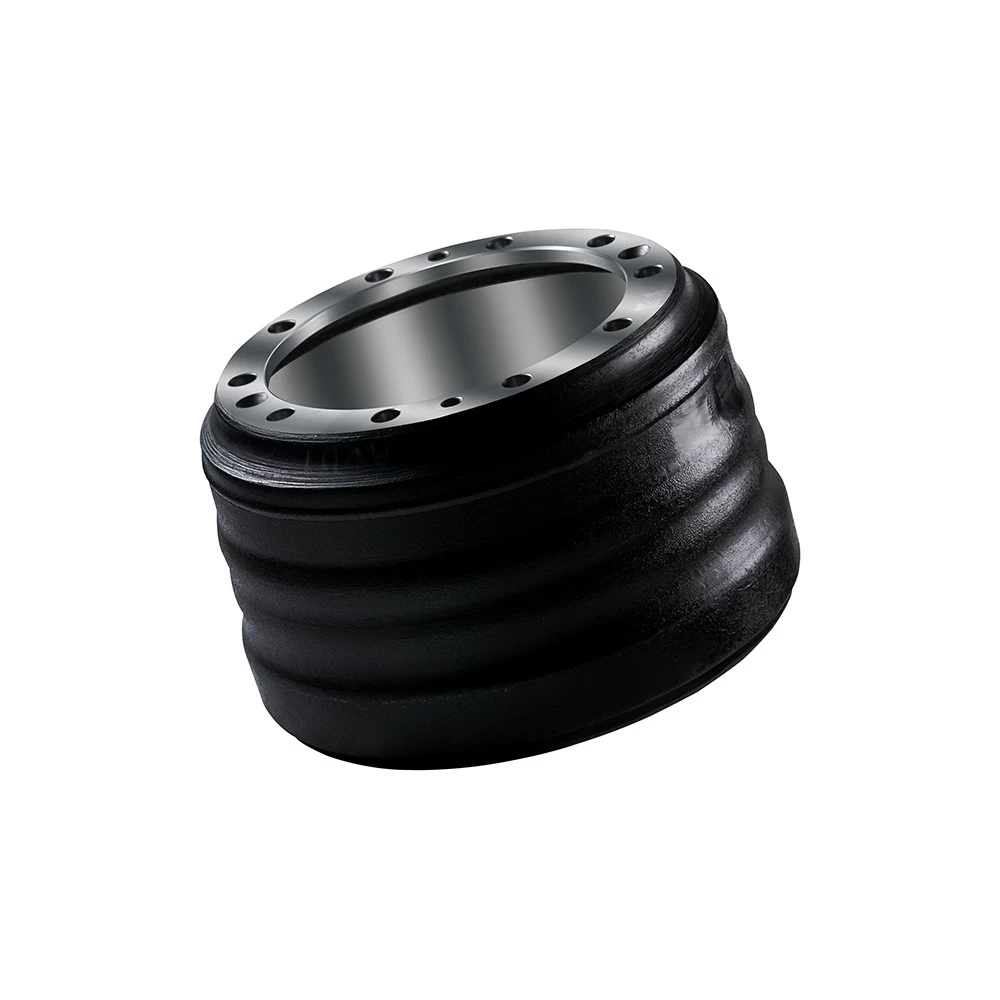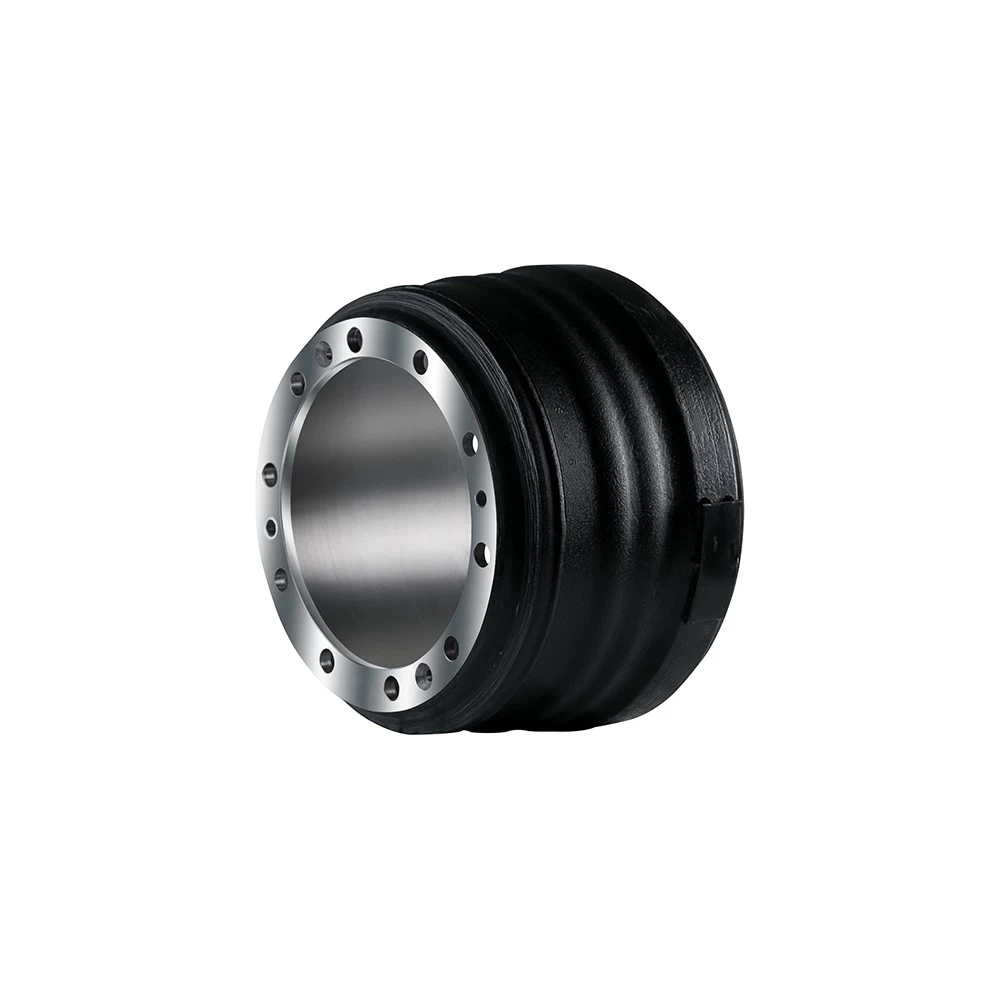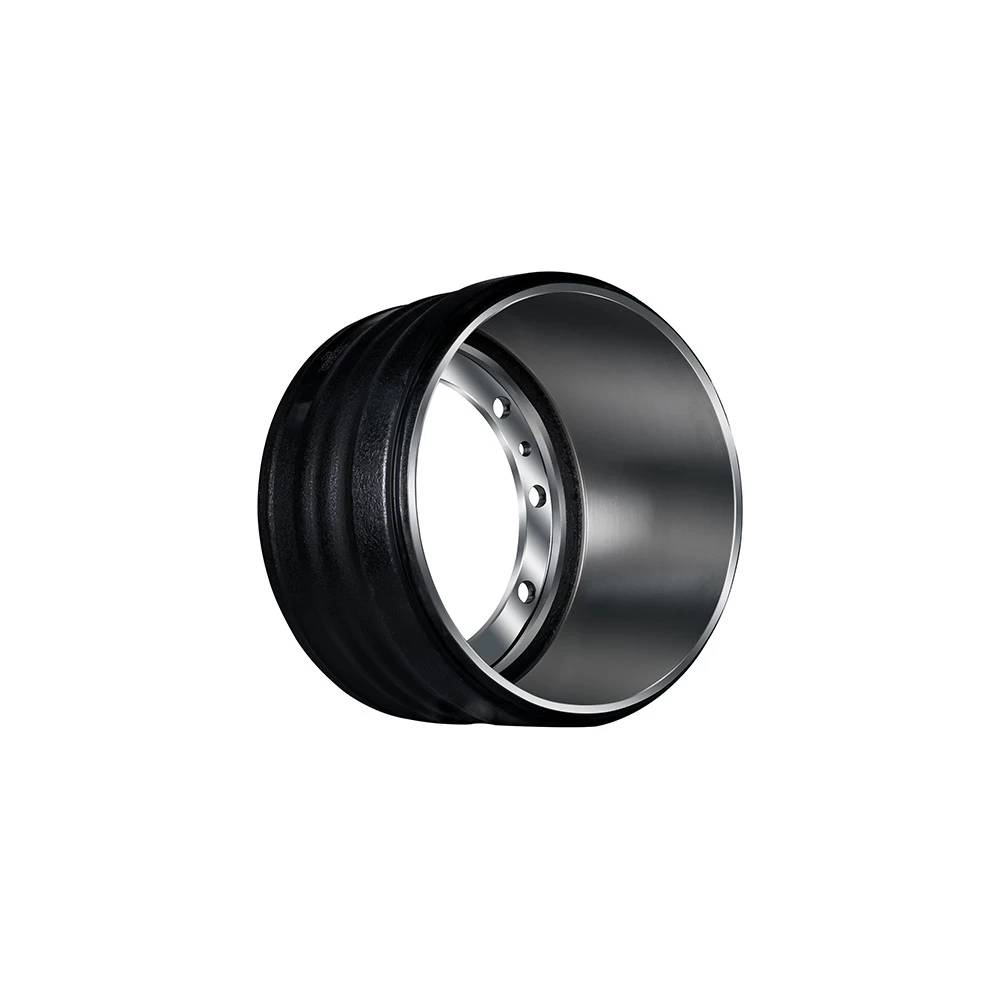- Contact Us
-
Contact: Devin Liu
E-mail: sales@sheetmetal-fabrication.com
Tel: +86 13382165719
Wechat: LGQ4169719 Contact Now
Contact Now
- New Products
- Latest News
-
What Is Sheet Metal Fabrication?
Sheet metal fabrication is the custom design and fabrication of stainless steel, iron, aluminum, galvanized sheet and other materials. The fabricatio...what is advantage of anodic oxidation and anodized ?
Anodizing (spelled anodizing, in Singapore, the UK, India, and Australia) is an electrolytic passivation process used to increase the thickness of the...China Internation Furniture Fair 2017
From September 11 to 14, 2017, the 40th CIFF Shanghai will present a fantastic feast for the furniture and home furnishings industry. CIFF features th...How coronavirus impact global economy?
The coronavirus outbreak, which originated in China, has infected more than 200,000 people. Its spread has left businesses around the world counting c...
- Subscribe
-
Get email updates on new products
China Brake Drum Supplier Semi Truck Brake Drum Factory
- Model: K8-018
- Material: Bimetallic Composite Brake Drum
- Braking Surface
- Shell Thickness: 5.5mm
- Grey Iron Thickness: 13mm
- Tensile Strength of Circumferential Section 1mm: 5060N
- Yield Force of Circumferential Section 1mm: 1402.5N
- Elongation: Yes
- Tensile Strength of Circumferential Section 1mm Lift over Conventional: 1.11
- Flange Root
- Shell Thickness: 12.5mm
- Tensile Strength of Circumferential Section 1mm: 5000N
- Circumferential section 1mm Yield: 3187.5N
- Elongation: Yes
- Circumferential section 1mm Tensile strength over conventional lift: 1.157
As a leading China Semi Trailer Brake Drums Manufacturer and dedicated semi-truck brake drum factory, we specialize in designing, manufacturing, and delivering high-performance brake drums for commercial vehicles worldwide. With advanced production facilities, strict quality control systems, and decades of industry expertise, we ensure every brake drum meets or exceeds international standards for safety, durability, and reliability.
What is a Brake Drum?
A brake drum is a critical component of a drum brake system, commonly used in vehicles (especially on rear wheels or older models), motorcycles, and some industrial machinery. Here's a breakdown:
What it Looks Like:
It's a hollow, cylindrical, cast-iron (or sometimes composite) component.
It resembles a short, wide can or drum.
Its inner surface is machined smooth to provide a consistent friction surface.
Where it's Located & How it Moves:
The brake drum is bolted directly to the wheel hub or axle flange.
It rotates with the wheel.
Its Primary Function: To provide a friction surface for the brake shoes to press against, creating the force needed to slow down or stop the rotating wheel.
How it Works (Within the Drum Brake System):
Inside the stationary brake drum, there are curved brake shoes lined with friction material (brake linings).
When you press the brake pedal, hydraulic pressure (or a mechanical cable in parking brakes) forces a wheel cylinder to push the brake shoes outwards.
The brake shoe linings press firmly against the inner, rotating surface of the brake drum.
Friction between the shoes and the drum converts the wheel's kinetic energy (motion) into heat, slowing down or stopping the drum and, consequently, the wheel attached to it.
When you release the brake pedal, springs retract the shoes away from the drum surface, allowing the wheel to rotate freely again.
Our commitment as a dedicated China Manufacturer Tandem Drum Brake is rooted in precision engineering and stringent quality control. We utilize premium materials like high-grade cast iron and advanced alloys, coupled with state-of-the-art manufacturing processes, to ensure each drum delivers exceptional durability, heat dissipation, and consistent braking performance under demanding conditions.
We China Manufacturer Rear Drum Brakes, aftermarket distributors, and fleet maintenance providers across 30+ countries. Committed to innovation and customer success, we combine precision engineering with cost-efficiency to keep the world’s transportation running safely.
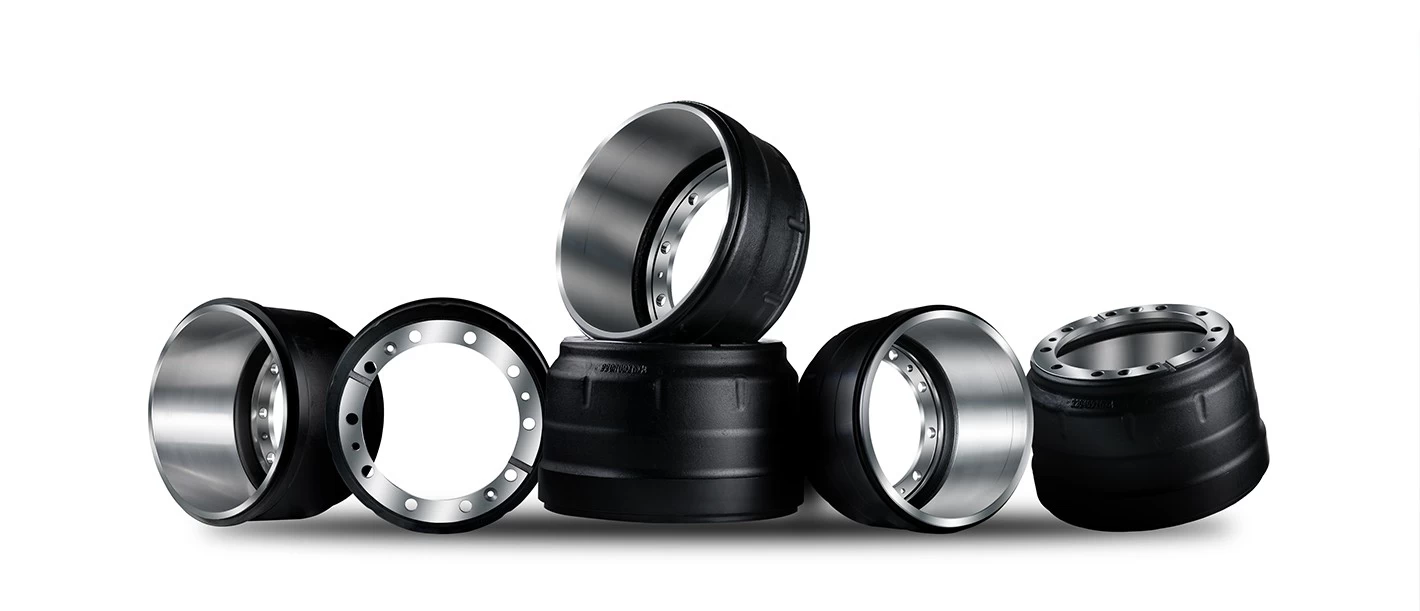
Product Specification
| Model | K8-018 | |
| Material | Bimetallic Composite | |
| Braking Surface | Shell Thickness | 5.5mm |
| Grey Iron Thickness | 13mm | |
| Tensile Strength of Circumferential Section 1mm | 5060N | |
| Yield Force of Circumferential Section 1mm | 1402.5N | |
| Elongation | Yes | |
| Tensile Strength of Circumferential Section 1mm Lift over Conventional | 1.11 | |
| Flange Root | Shell Thickness | 12.5mm |
| Tensile Strength of Circumferential Section 1mm | 5000N | |
| Yield Force of Circumferential Section 1mm | 3187.5N | |
| Elongation | Yes | |
| Tensile Strength of Circumferential Section 1mm Lift over Conventional | 1.157 | |
Product Pictures
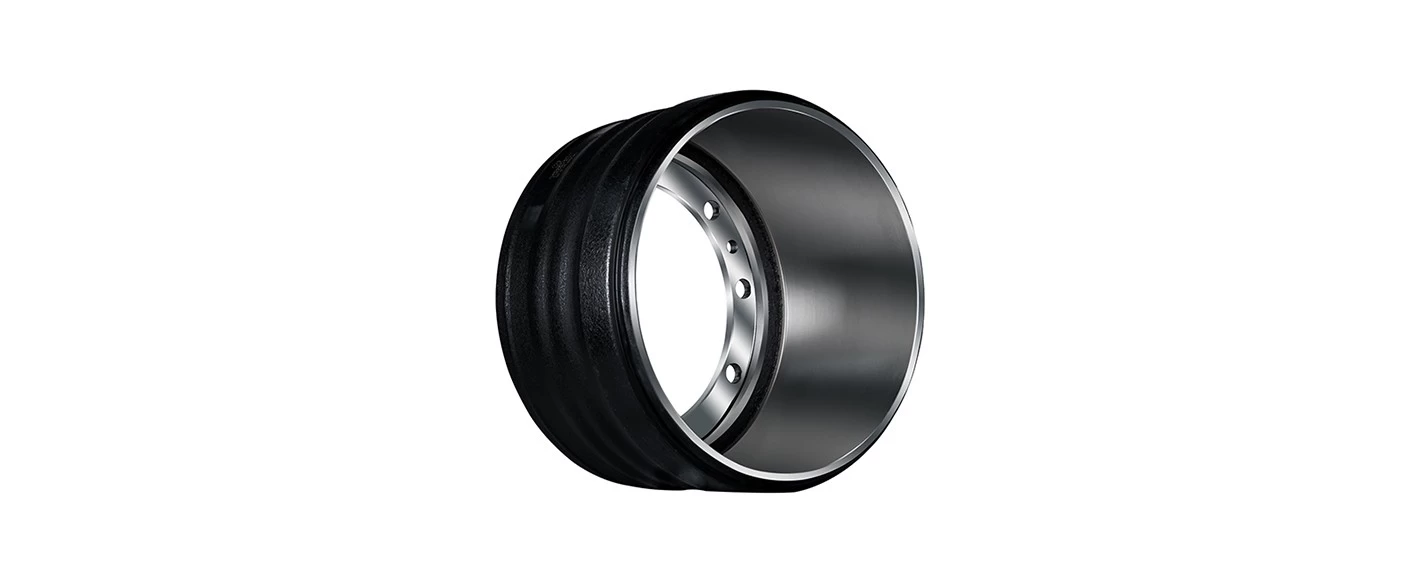
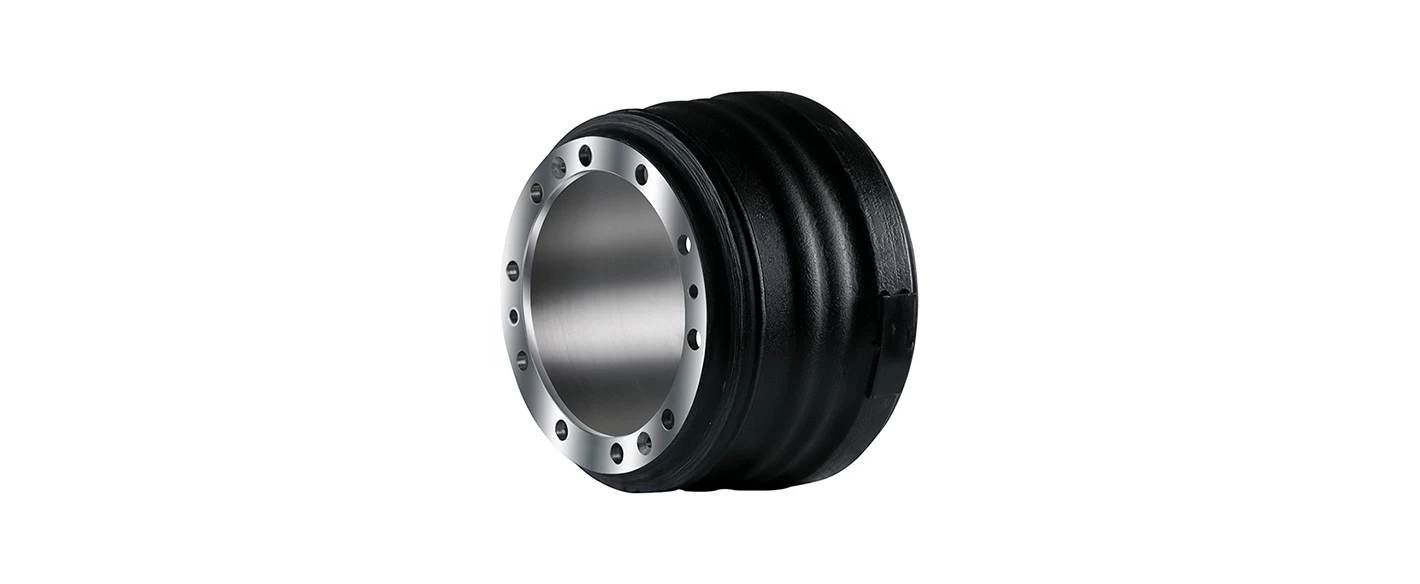
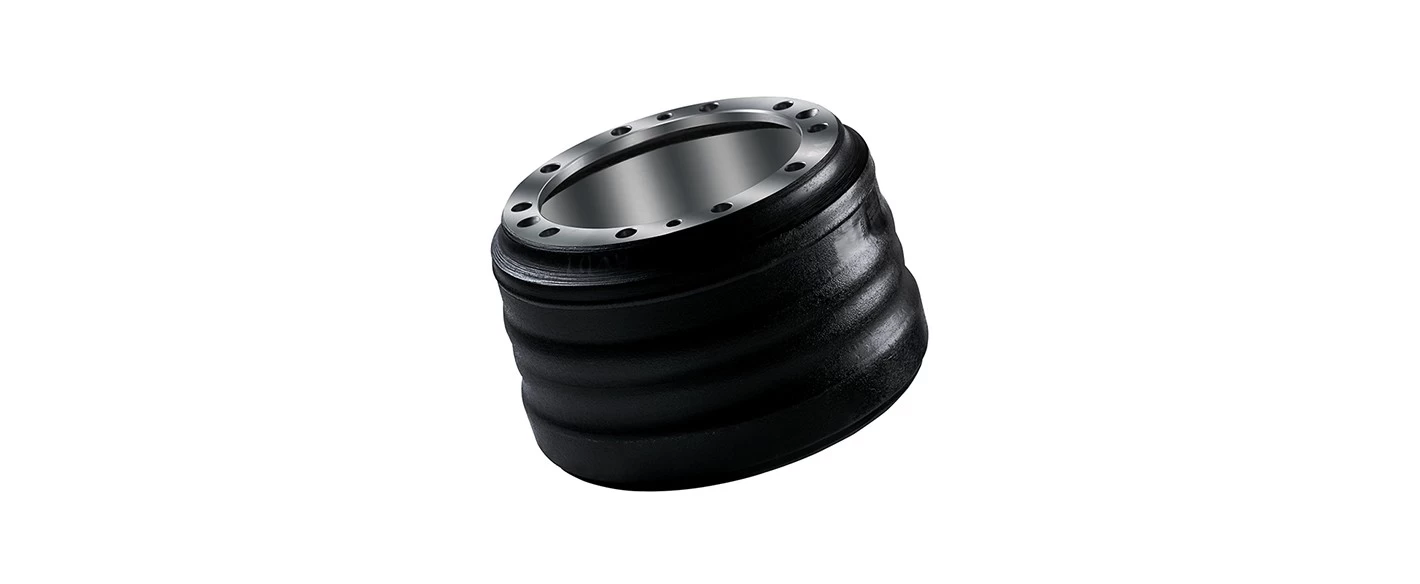
Product Dimension
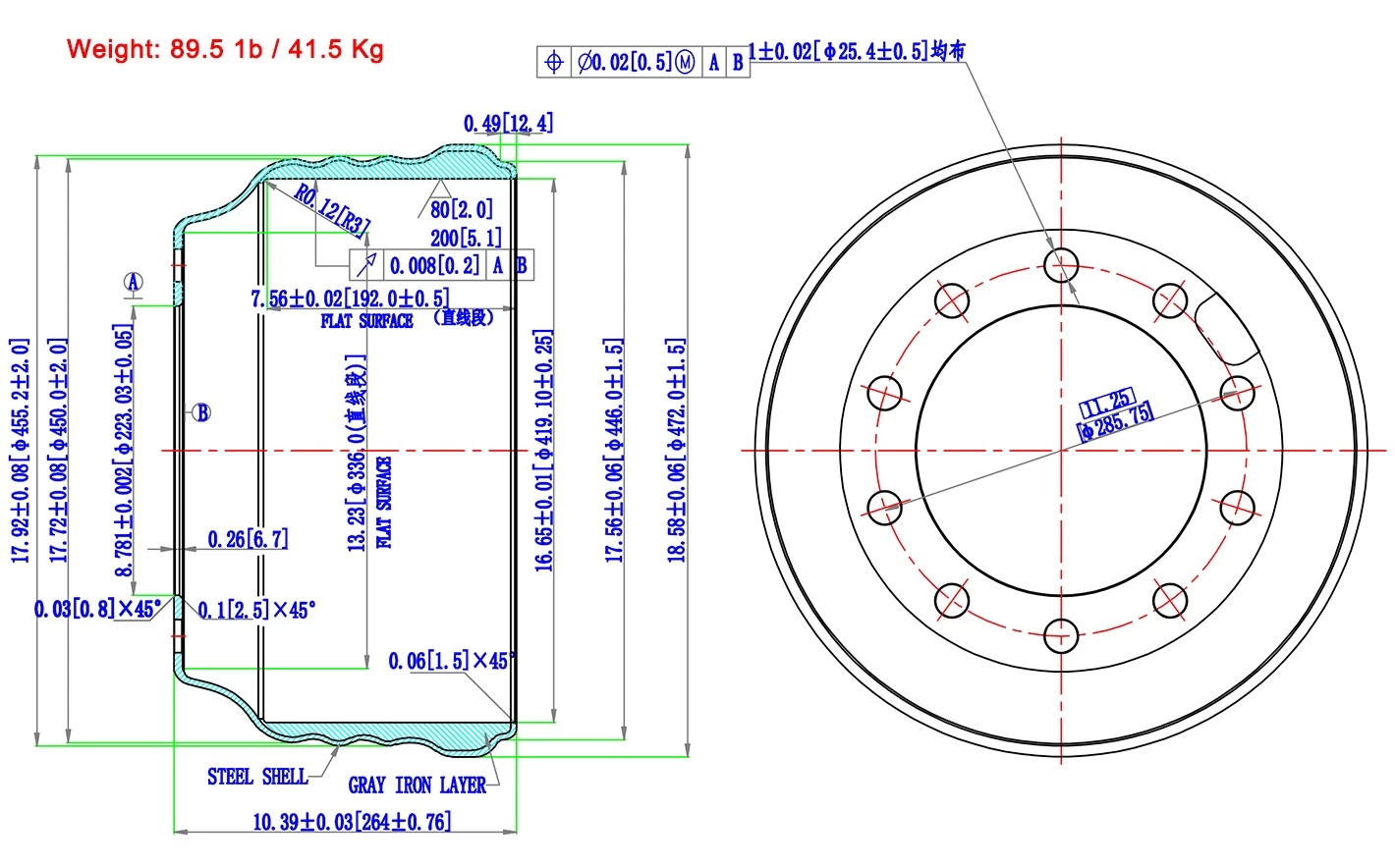
FAQ
Q: What is a tandem drum brake?
A: A tandem drum brake is a single brake assembly (typically on the rear axle) where two separate pairs of brake shoes are mounted concentrically inside one brake drum. Each pair is actuated by its own hydraulic wheel cylinder (primary and secondary), often working in tandem for increased braking force or to serve different functions (service brake and parking brake).
Q: How does a tandem drum brake work?
A: Hydraulic pressure from the master cylinder is applied to both wheel cylinders simultaneously. The primary cylinder pushes the leading (front) shoes outward against the drum. The secondary cylinder pushes the trailing (rear) shoes outward. The rotation of the drum creates a self-energizing effect, wedging the shoes tighter for more force. Often, one set (usually the secondary) is also linked to the parking brake mechanism.
Q: Why is it important to replace brake shoes in axle sets?
A: Brake shoes should always be replaced on both wheels of the same axle at the same time. Replacing only one side creates an imbalance in braking force, leading to dangerous vehicle pulling during braking, uneven tire wear, and potential instability.
Q: How is the parking brake integrated with a tandem drum brake?
A: The parking brake cable usually connects directly to the lever on the secondary brake shoe assembly. Applying the parking brake mechanically forces the secondary shoes outward against the drum, locking the wheel. This is why parking brake issues often point to problems within the drum brake assembly itself.
Q: Are tandem drum brakes still used on modern cars?
A: While less common than in the past, yes. They are still frequently found on the rear axle of many economy cars, trucks, and SUVs, primarily due to the ease of integrating the parking brake and cost-effectiveness. Front brakes are almost universally disc brakes on modern vehicles for superior performance.
Q: What are the disadvantages of tandem drum brakes?
A: Main disadvantages include: Heat Dissipation: Drums trap heat more than ventilated discs, leading to brake fade under heavy or repeated braking.
Wet Weather Performance: Water ingress can cause longer stopping distances until friction dries the surfaces.
Complexity: More moving parts (springs, levers, adjusters) than disc calipers, making servicing potentially more involved.
Self-Adjustment Issues: Self-adjusters can stick or fail, leading to reduced brake performance or dragging.
Slower Response: Generally exhibit slightly longer pedal travel and response time compared to discs.
Tel:8613382165719
Wechat:LGQ4169719
Facebook:ahlgq2000@163.com
Contact Person:Devin Liu
PDF Show:PDF


